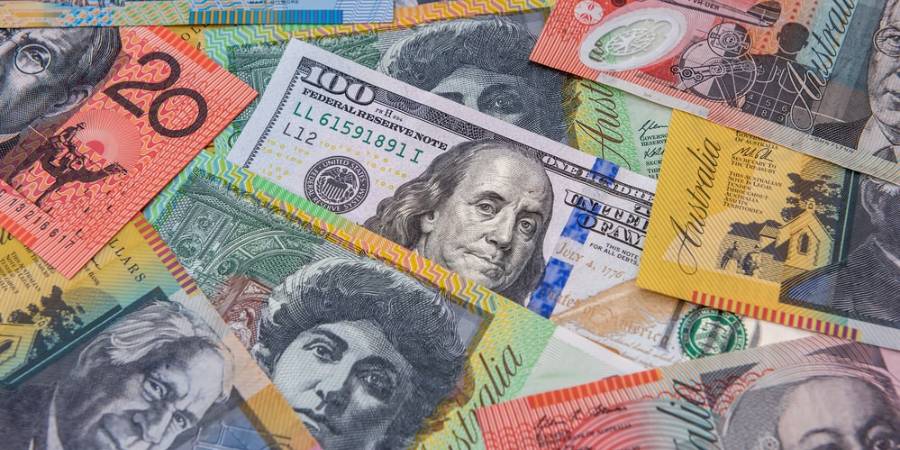
AUD/USD trades in negative territory near 0.6280 in Thursday’s early Asian session.
China will face a 54% tariff under the new Trump policy, weighing on the Aussie.
China’s Caixin Services PMI climbed to 51.9 in March, stronger than expected.
The AUD/USD pair remains under selling pressure around 0.6280 during the early Asian session on Thursday. The Australian Dollar (AUD) pares losses against the Greenback after the stronger Chinese economic data. However, the upside might be limited as US President Donald Trump announced sweeping global reciprocal tariffs, prompting traders to turn cautious.
The Trump administration on Wednesday announced that the US will impose a 10% baseline tariff on all imports to the United States (USD) and slap additional duties on around 60 nations with the largest trade imbalances with the US. China was hit hard, facing a tariff of at least 54% on many goods. The policy announcement prompted traders to go into risk-off mode and exert some selling pressure on the Aussie as China is a major trading partner to Australia.
The encouraging Chinese economic released on Thursday could help limit the AUD’s losses. China’s Caixin Services Purchasing Managers Index (PMI) improved to 51.9 in March from 51.4 in February. This figure came in stronger than the 51.6 expected.
Data released by the Australian Bureau of Statistics on Thursday showed that the country’s trade surplus decreased to 2,968M MoM in February versus 5,600M expected and 5,156M (revised from 5,620M) in January. Meanwhile, Australia's Exports fell by 3.6% MoM in February from 0.8% (revised from 1.3%) seen a month earlier. Imports rose by 1.6% MoM in February, compared to a fall of 4.0% (revised from -0.3%) reported in January.
On the other hand, the concerns over the economic slowdown in the US might undermine the USD in the near term. Traders will keep an eye on the US weekly Initial Jobless Claims, the final S&P Global Services PMI, and the ISM Services PMI. If the reports show weaker-than-expected outcomes, these could drag the USD lower and create a tailwind for AUD/USD.
* The content presented above, whether from a third party or not, is considered as general advice only. This article should not be construed as containing investment advice, investment recommendations, an offer of or solicitation for any transactions in financial instruments.


